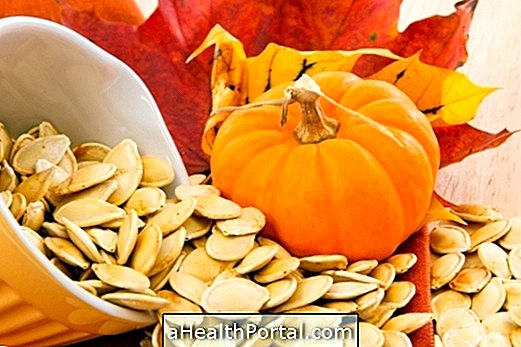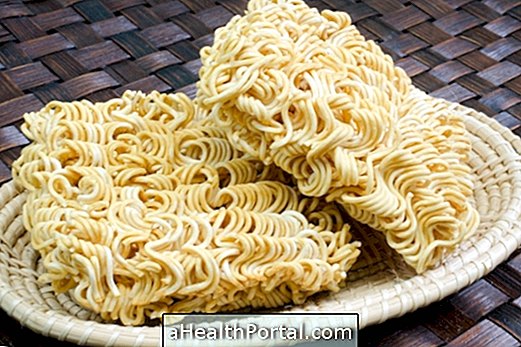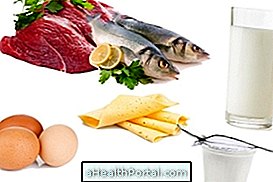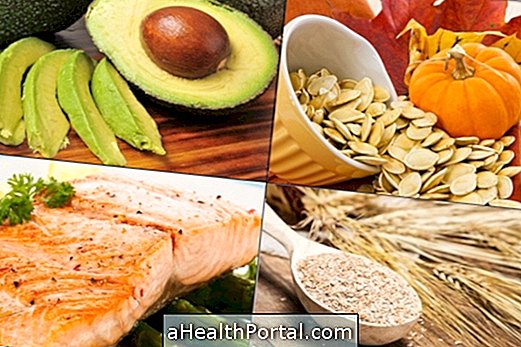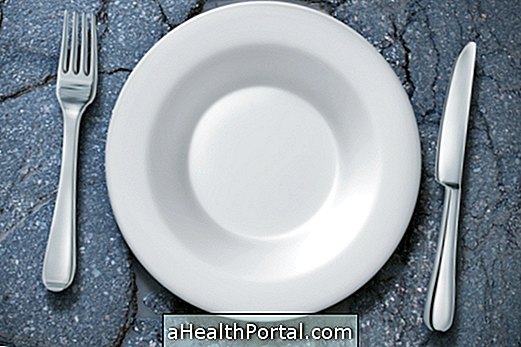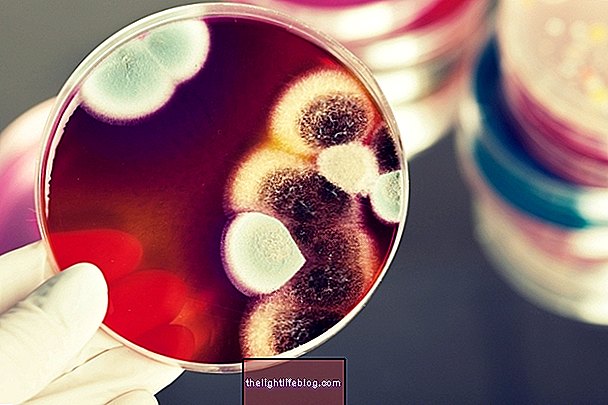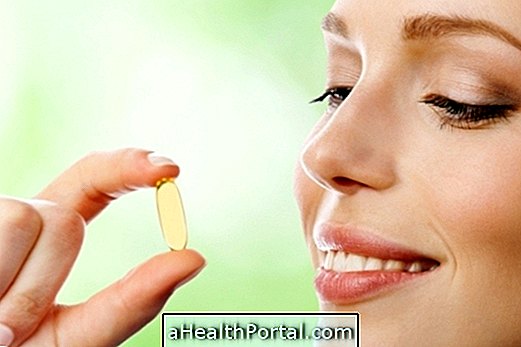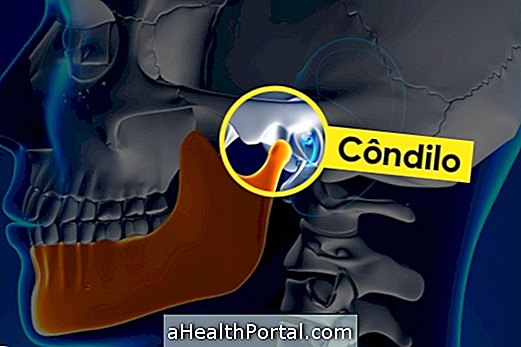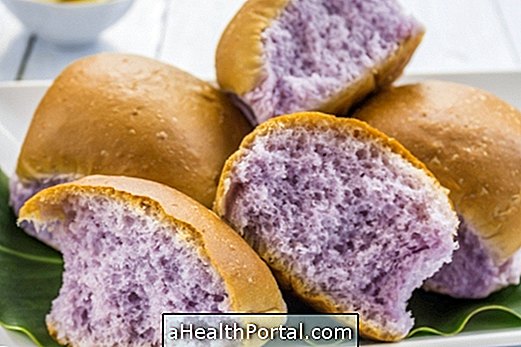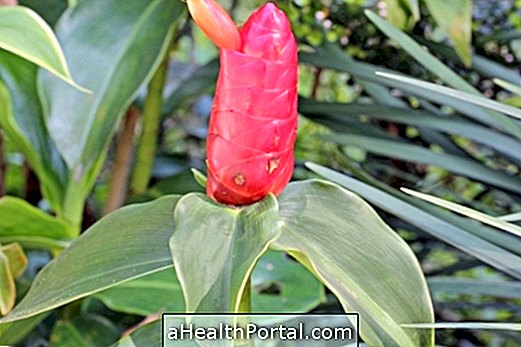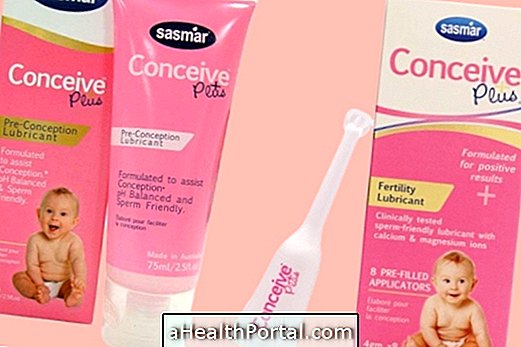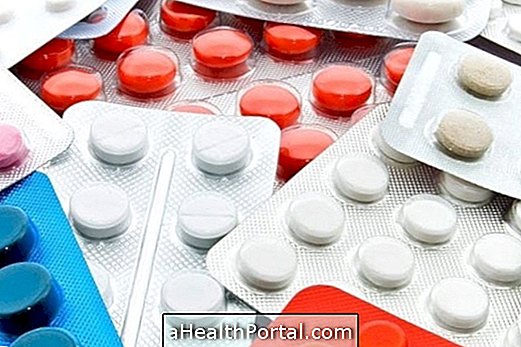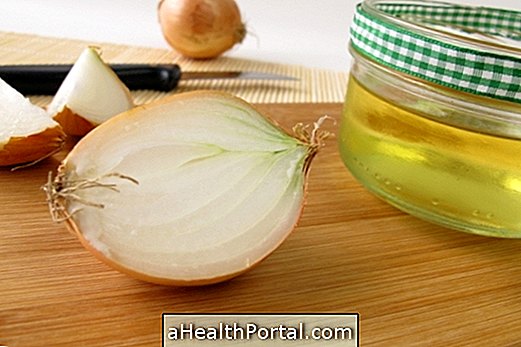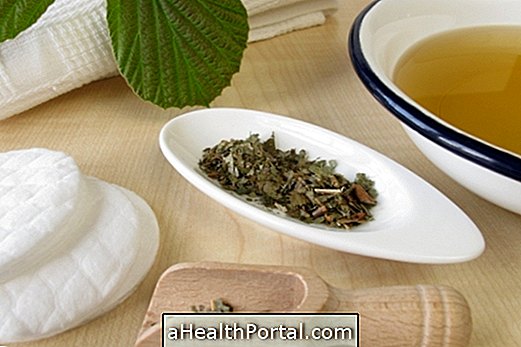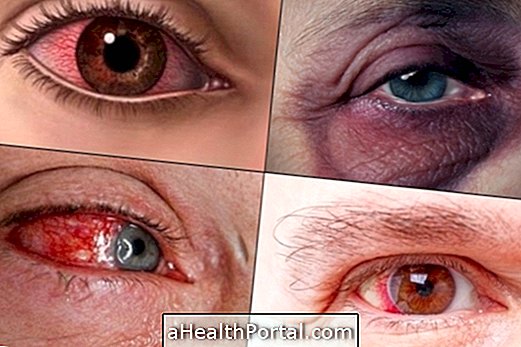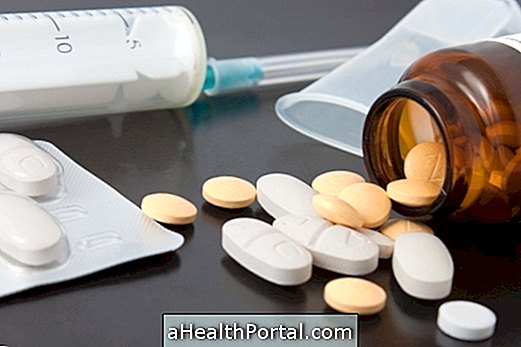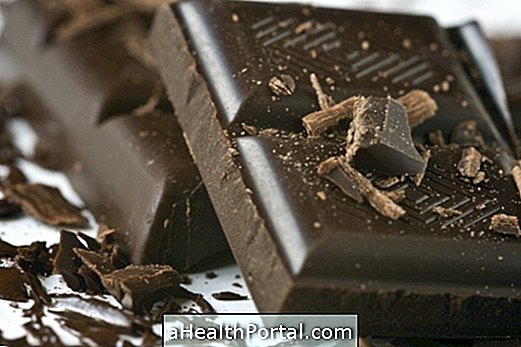Foods rich in phenylalanine are those that contain many proteins, such as meats, fish and milk and derivatives. People with phenylketonuria have to control the consumption of phenylalanine, as they accumulate this amino acid in the body, which leads to problems such as delays in psychological development and seizures.
Phenylketonuria is a congenital disease without a cure, and its treatment is done by avoiding the ingestion of foods with phenylalanine. It is detected in the test of the foot and early treatment allows the children to grow without other complications.
List of foods rich in phenylalanine
The main foods rich in phenylalanine and which should be withdrawn from food are:
- Meats of all kinds: red meat, chicken, fish and seafood;
- Meat products: sausage, bacon, ham, sausage, salami;
- Viscera of animals: heart, guts, gizzard, kidneys;
- Milk and milk products, including foods containing milk as an ingredient;
- Sweeteners with aspartame ;
- Eggs ;
- Oilseeds: almonds, peanuts, pecans, cashew nuts, Pará nuts, hazelnuts, pistachios, pine nuts;
- Wheat flour and foods containing it as an ingredient;
- Legumes: soybeans and by-products, chickpeas, beans, peas, lentils;
- Industrialized foods rich in ingredients that contain phenylalanine, such as chocolate, gelatin, biscuits, breads, ice creams.


In addition to these foods, people with phenylketonuria should also control the intake of foods such as pasta, rice, fruits and vegetables.
Amount of phenylalanine in foods allowed
The table below shows the amount of phenylalanine in 100 g of foods that can be consumed by phenylketonuric, but in a controlled manner.
| Food | Amount of phenylalanine | Calories (kcal) |
| Chocolate milk | 132 mg | 370 |
| Acai, pulp | 27 mg | 58 |
| Cress | 150 mg | 17 |
| Lettuce | 62 mg | 14 |
| English potato | 71 mg | 52 |
| Sweet potato | 69 mg | 77 |
| Pre-fried potato | 100 mg | 127 |
| Banana | 48 mg | 98 |
| Carrot | 50 mg | 34 |
| Kale butter | 106 mg | 27 |
| UHT milk cream | 177 mg | 221 |
| Milk sweet | 416 mg | 306 |
| Peas (pods) | 120 mg | 88 |
| Tomato extract | 40 mg | 61 |
| Ketchup | 28 mg | 100 |
| Apple | 11 mg | 56 |
| Papaya | 29 mg | 45 |
| Rice porridge | 303 mg | 375 |
| Mixture for cheese bread | 47 mg | 440 |
| Orange Nectar | 7 mg | 48 |
| Tapioca | 1 mg | 227 |
| Tomato | 44 mg | 15 |
The amount and variety of foods that can be ingested is regulated according to the severity of the disease and should follow the advice of the physician and dietitian.
To understand better about phenylketonuria, see:
- Diet for phenylketonuria
- Understand more about what Phenylketonuria is and how it is treated
- How to care for the baby with Phenylketonuria
